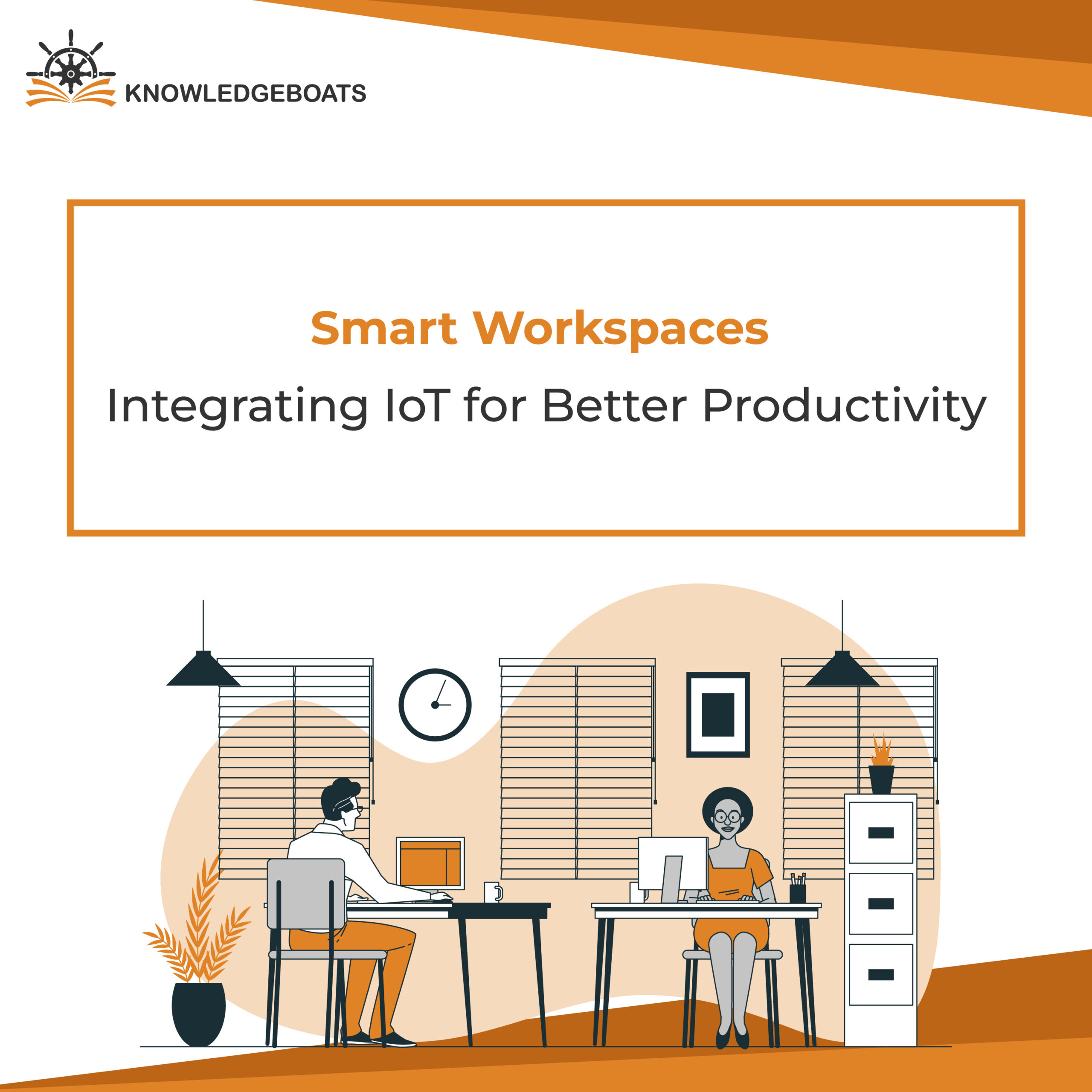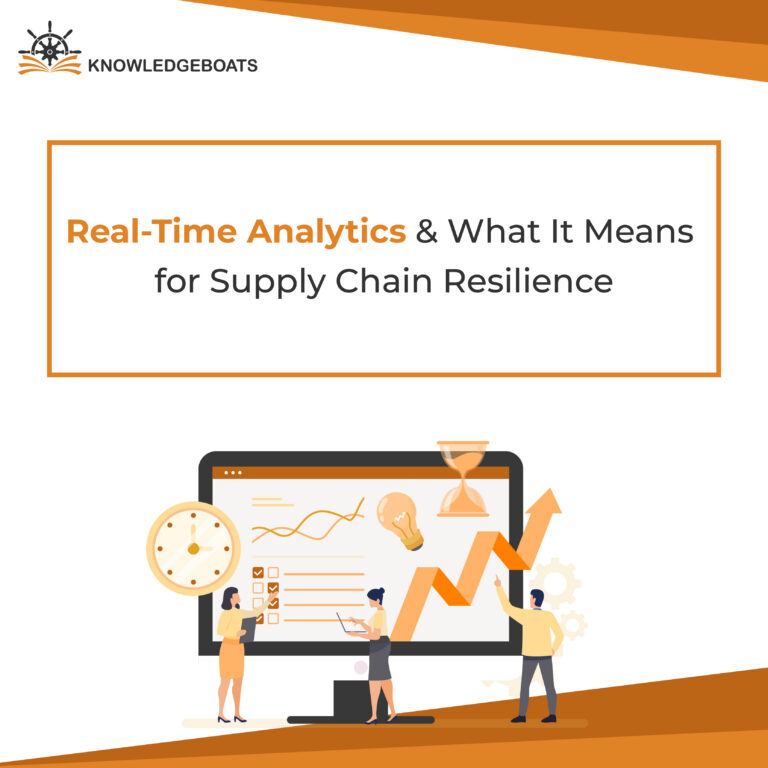
Seriously, stop and think about your workspace for a minute. You show up, do your thing, then leave? Or does it feel like it’s helping you out, smoothing things along, making the day a bit easier? For a lot of places, it’s probably the first one. But it doesn’t have to be, Enter the world of Smart Workspaces.
Basically, they’re office spots that are seriously connected, really leaning on advanced tech – especially something known as the Internet of Things, or IoT – to boost how efficient, comfy, and productive things are. It’s not just adding gadgets; it’s about automation and using real-time info to make smart calls on the fly. The big idea – To create a work vibe that isn’t just efficient but stimulating and helps people thrive.
Okay, So What’s This “IoT” Even Doing Here?
Alright, picture this: IoT in an office is like giving the place a digital nervous system. It’s a network where all sorts of everyday things – like sensors (we’ll get to those!), the lights, HVAC, maybe even smart speakers – are all linked up. They’re constantly chatting, swapping info in real-time.
This constant stream of info lets businesses get way smarter. We’re talking about being able to:
- Finally get a handle on energy waste and figure out if space is being used right.
- Actually, improves how people communicate and makes those frustrating workflows less annoying.
- Reduce the amount of boring, manual stuff people have to do.
Bottom line? IoT makes office systems intelligent and responsive. The workspace can literally adjust itself dynamically, adapting to what folks need moment-to-moment. Pretty cool, right?
The Core Tech Pieces
So, what’s making all this smartness happen? It’s a mix of a few key players working together:
- The Office’s “Senses” (Sensors and Devices): You got to start with knowing what’s happening, right? That’s where the sensors come in. We’re talking smart little bits that can detect if a room’s empty or packed, if someone’s just moved into an area (motion!), what the temp is, or how bright it is. They feed this info back constantly so the environment can automatically tweak itself based on the exact current conditions. Lights might soften if it gets brighter outside, or the air gets adjusted as a meeting picks up steam.
- The Control Center (Cloud and Connectivity): All that sensor data must go somewhere useful. And you need a way to manage all these connected gadgets from one place. That’s the job of cloud and robust connectivity. Think of it as the central brain, pulling info from everywhere. This lets the people running the show monitor everything in real-time, analyze patterns from all that collected data, and even make adjustments remotely. It’s what keeps the whole system linked up and manageable, no matter where you are.
- The Smart Brains (AI and Automation): Okay, this is where it gets interesting. We use smart computer brains (often AI, specifically machine learning) to look at all the data the sensors have gathered over time. It starts seeing patterns you or I might miss – like, “This breakout room is slammed between 10 and noon every day,” or “The printer in accounting seems to be running out of toner at the same time each month.” Based on those learned patterns, the system can automatically handle routine, repetitive tasks. This means lights turning on/off based on predicted occupancy (not just motion), temperature settings adjusting based on the day’s schedule, and yeah, potentially even automated reordering when supplies are low. It’s about the office learning and taking the mundane stuff off your plate.
How Does This Translate to Actual Productivity?
Okay, translating the technology into your workday. How does putting IoT into the mix help you get more done?
- Cutting Out the Annoyances: Automated systems seriously simplify those little time-consuming tasks. Booking rooms becomes less of a hassle, lighting and temperature just work on their own. Less time spent wrestling with the environment, more time focused on your actual job.
- Boosting Your Comfort Zone: When the lighting is right for what you’re doing and the temperature isn’t making you sweat or shiver, it’s way easier to concentrate. Being comfortable just makes you feel better about being at work, and that usually means being more engaged and productive.
- Making Teamwork Flow: IoT helps make sure meeting rooms are ready, the tech (like screens or video conference gear) is easy to connect to, and communication tools are readily available. Less tech fumbling means more actual collaboration.
Tech can often predict when equipment might fail before it happens (predictive maintenance). So, fewer frustrating moments staring at a “printer offline” message.
The Big Wins: Why invest in a Smart Office?
Aside from making your day a little smoother, for companies, the benefits are significant:
- Serious Efficiency Jumps: Saving energy and time by automating controls and streamlining scheduling directly lowers operating costs and improves overall time management. It’s just a smarter business.
- Getting More From Your Space: Those occupancy sensors aren’t just data; they show you where people work and where space is wasted. This is gold, especially now with hybrid work. It helps you design and use the office layout more effectively – no more guessing!
- Happier Employees: A workspace that’s comfortable, responsive, and where the tech just works smoothly contributes huge amounts to employee well-being. When the environment isn’t fighting against you, people feel better and are generally more productive.
- Doing Good for the Planet: Smart offices are simply better at using resources efficiently. Intelligent lighting, climate control that adapts, monitoring equipment – it all adds up to less waste and a smaller carbon footprint. Good for business, good for the Earth.
Challenges for getting IoT in practice:
As cool as all this sounds, putting IoT into practice does come with a few real-world challenges:
- Keeping Data Super Secure & Private: These devices collect a ton of info, some of it sensitive. Making sure that data is encrypted and accessed only by the right people is non-negotiable. Security and privacy have to be front and center from day one.
- Getting New Tech to Talk to Old Tech: Trying to integrate fancy new smart gadgets with existing, perhaps older, office systems can be complicated, time-consuming, and yeah, sometimes pricey. It takes careful planning.
- The Initial Cost: Setting up all the equipment and network infrastructure isn’t cheap upfront. It’s a significant investment. The long-term savings from energy efficiency, better space use, and reduced downtime usually make that initial spend worthwhile over time.
Looking Ahead: What’s Next on the Smart Office Map?
This tech train isn’t slowing down. Here’s a look at what’s coming:
- Edge Computing: Processing data closer to the source (like within the office network itself) means systems can react even faster, in near real-time.
- 5G Connectivity: Super-fast wireless is going to make devices communicate almost instantly, making the whole smart office feel incredibly smooth.
- Truly Personalized Spaces (Thanks to AI): Imagine your workspace learning your preferences. AI could automatically adjust the lighting at your desk, the temperature in your zone, or even suggest the best spot for focused work based on your habits. It’s about making the office adapt to you.
These trends are all about making workplaces even more flexible, responsive, and genuinely built around the needs and preferences of the people in them.
Wrapping Up:
Honestly, smart workspaces powered by IoT aren’t just adding tech; they’re really changing the fundamental nature of where and how we work. From making us more comfortable and collaborating easier, to using resources smarter and automating boring tasks, they create real, measurable improvements in workplace productivity.
In today’s world, with hybrid work becoming the norm and sustainability being a bigger deal than ever, having intelligent office technology isn’t just a cool luxury. It’s rapidly turning into a must-have strategic tool for companies that want to stay competitive and create a place where employees don’t just show up but feel good and do their best work. The smart office? It’s not some far-off future thing; it’s here, and it’s making a real difference.


